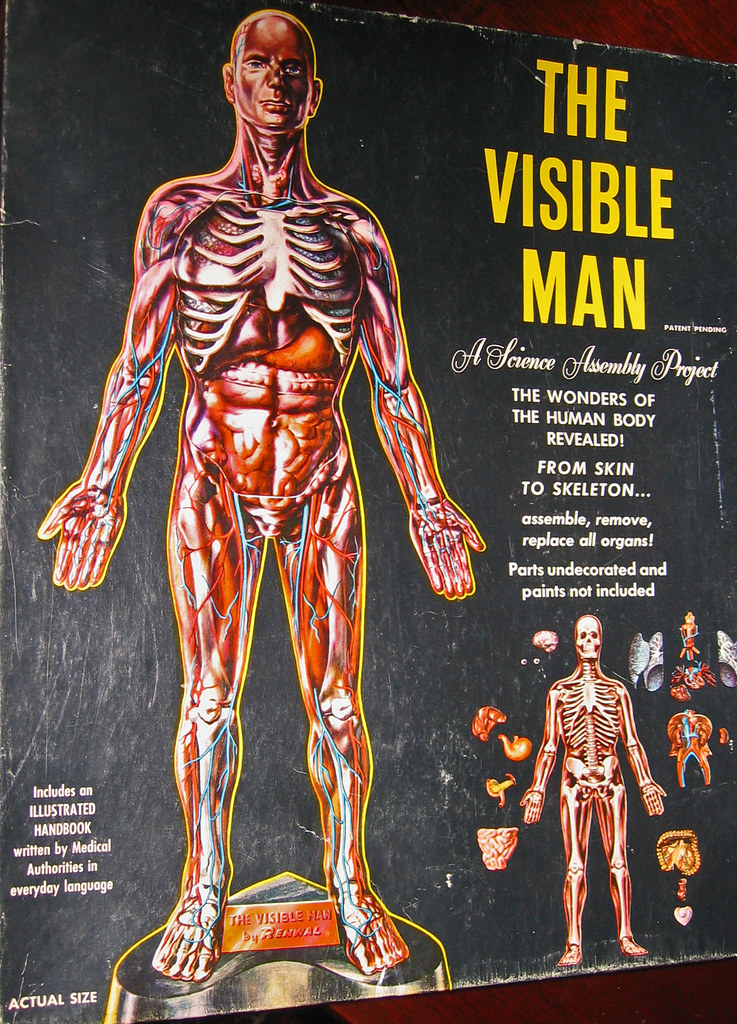Blueprints for the Human Body

You know what’s incredible? Bodies. Bodies are incredible.
Each of the posters in this group examines cutting-edge treatments that engage with the body on the cellular level. Leah Truskinovsky and Xilin (Richard) Wang have both worked on improving treatments for widespread diseases–Diabetes 2 and Aortic Aneurysm, respectively. Olivia Steiner’s work is further upstream, considering the challenges of protein-based treatment methods. In all these projects, we see how changes to the smallest elements of the human system cascade outward in significant ways.
In “Optogenetic Regulation of Insulin Secretion in Pancreatic Beta Cells,” Leah Truskinovsky examines the use of light-sensitive biomolecules as a method to upregulate insulin secretion in pancreatic beta cells, working to remedy Type II Diabetes.
Xilin (Richard) Wang’s project, “Investigating the Role of Bcl11-b in Aortic Aneurysm Formation” considers genetic therapy as a possible treatment route for aortic aneurysm. They discovered that deleting the transcription factor Bcl-11b in vascular smooth muscle increased the likelihood of apoptosis, which is a key factor in aortic aneurysm. The hope is that this work will eventually decrease the need for invasive surgery in response to heart attacks.
In “The Arginine-Phenylglyoxal Peptide Tag (APP-tag) – A Ubiquitous Strategy for Protein Bioconjugation In Vivo,” Olivia Steiner steps back to consider the role of protein overall in maintaining nearly all life-sustaining processes. Proteins are the macromolecules behind the immune response, oxygen transport, reproduction, and even food metabolism. However, there are currently few simple, ubiquitous strategies out there to study different kinds of proteins. As a result, the goal of her project is to develop an easy-to-use strategy that will allow scientists to attach molecules to any protein they are interested in studying. Overall, Steiner aims to overcome limitations of currently available protein bioconjugation strategies which could be valuable for studying proteins as well as constructing ADCs. .

